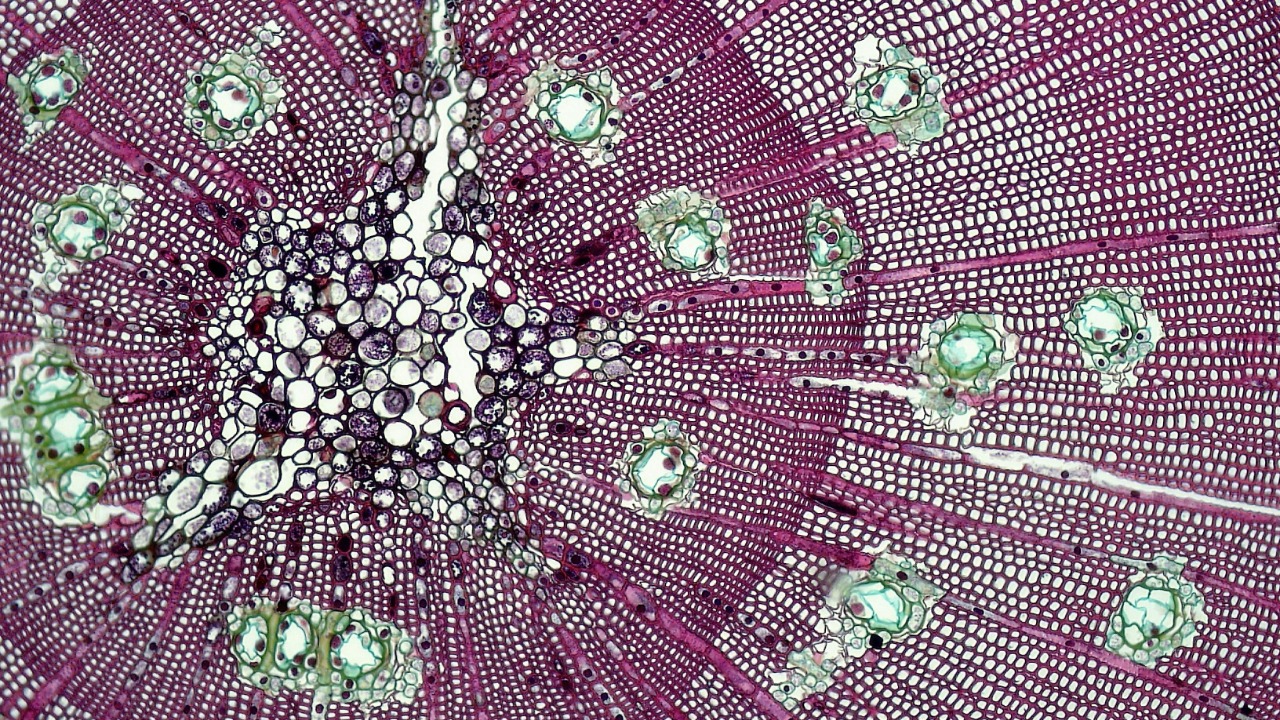
Researchers at Stanford have made a significant breakthrough in the field of stem cell transplants, pioneering a method that eliminates the need for toxic chemotherapy or radiation. This innovative approach, which builds on earlier studies, allows for effective transplants without the severe side effects associated with traditional conditioning regimens. The development opens up the possibility of these procedures for a wider range of patients, including those with blood disorders and cancers.
Traditional Stem Cell Transplant Challenges
Traditional stem cell transplants have long been associated with high toxicity due to the use of chemotherapy and radiation in standard preparations. As highlighted in a 2016 study by the National Cancer Institute, these methods carry risks such as severe side effects, including organ damage and increased susceptibility to infections. Furthermore, the historical reliance on intense conditioning to clear space for donor cells has limited the eligibility of vulnerable patients for these potentially life-saving procedures.
Stanford’s Innovative Conditioning Method
Stanford’s researchers have developed a non-toxic preparation regimen that offers a safer alternative. According to a July 2025 news release, the new method uses targeted antibodies to deplete host immune cells, avoiding the need for broad exposure to chemotherapy and enabling safer engraftment. This innovative approach has been successfully applied in treating genetic blood diseases, as reported in SciTechDaily’s coverage in August 2025.
Mechanism of the New Transplant Process
The new transplant process developed by Stanford’s team involves an antibody-based depletion of B and T cells, creating a niche for donor stem cells and avoiding the need for radiation. This method preserves the patient’s bone marrow environment, reducing the risk of graft-versus-host disease. The integration of donor cells post-preparation is a step-by-step process, as highlighted in a November 2025 update from ScienceDaily.
Clinical Trial Outcomes and Evidence
The new method has shown promising results in clinical trials. The July 2025 Stanford report noted successful engraftment in patients with genetic diseases using the chemo-free method. Early trials have shown reduced toxicity and faster recovery times compared to traditional transplants. Furthermore, long-term efficacy data from the 2016 NCI study on similar reduced-intensity approaches supports sustained remission without relapse.
Patient Eligibility and Accessibility Improvements
The non-toxic protocol developed by Stanford in 2025 has expanded the pool of eligible patients for stem cell transplants. Patients previously ineligible due to age or health can now undergo treatment for specific genetic conditions like sickle cell disease without preparatory radiation. As noted in the August 2025 SciTechDaily piece, this development has broader implications for pediatric and elderly populations, lowering barriers to this crucial treatment.
Future Research and Broader Applications
Stanford’s team is conducting ongoing trials to refine the antibody regimen for wider use in treating blood cancers, building on their 2025 findings. As suggested in the November 2025 ScienceDaily update, there is potential for this method to be scaled to other transplant centers. The comparison with historical methods, such as the safer transplant tested by the NCI in 2016, will guide the evolution of this protocol, potentially transforming the landscape of stem cell transplants.
More from MorningOverview